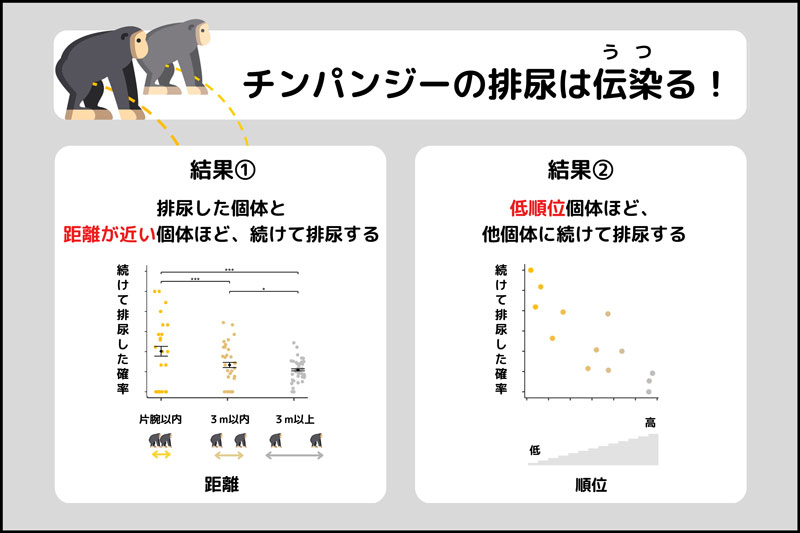2025-01-17 ワシントン大学セントルイス校(WashU)
<関連情報>
- https://source.washu.edu/2025/01/brains-of-people-with-sickle-cell-disease-appear-older/
- https://jamanetwork.com/journals/jamanetworkopen/fullarticle/2829361
鎌状赤血球貧血のある若年成人とない若年成人の脳年齢モデルと認知能力の結果 Brain Age Modeling and Cognitive Outcomes in Young Adults With and Without Sickle Cell Anemia
Andria L. Ford, MD, MSCI; Slim Fellah, PhD; Yan Wang, MD, MSCI; et al
AMA Network Open Published:January 17, 2025
DOI:10.1001/jamanetworkopen.2024.53669

Key Points
Question Do brain magnetic resonance imaging estimates of age using brain age modeling inform mechanisms underlying cognitive impairment in adults with and without sickle cell anemia (SCA)?
Findings In this cross-sectional study of 230 adults with and without SCA, brain age gap was elevated in individuals with vs without SCA and was elevated in those without SCA relative to the DeepBrainNet reference population. Brain age gap mediated associations of economic deprivation and disease with cognitive outcomes in individuals with and without SCA.
Meaning Estimates of brain age may inform mechanisms underlying the association of chronic disease and socioeconomic status with cognition in both healthy and SCA populations.
Abstract
Importance Both sickle cell anemia (SCA) and socioeconomic status have been associated with altered brain structure and cognitive disability, yet precise mechanisms underlying these associations are unclear.
Objective To determine whether brains of individuals with and without SCA appear older than chronological age and if brain age modeling using brain age gap (BAG) can estimate cognitive outcomes and mediate the association of socioeconomic status and disease with these outcomes.
Design, Setting, and Participants In this cross-sectional study of 230 adults with and without SCA, individuals underwent brain magnetic resonance imaging (MRI) and cognitive assessment. Brain age was estimated using DeepBrainNet, a model trained to estimate chronological age from 14 468 structural MRIs from healthy individuals across the lifespan. BAG was defined as estimated brain age minus chronological age. Linear regression examined clinical factors associated with BAG and the ability of BAG to estimate cognitive performance compared to neuroimaging metrics of brain health and ischemic brain injury, such as normalized whole brain volume, white matter mean diffusivity (MD), and infarct volume. BAG and white matter MD were tested further as mediators of the association of socioeconomic status and SCA with cognitive performance. Data were analyzed from October 15, 2023, to July 1, 2024.
Exposures SCA disease status and economic deprivation as measured using the area deprivation index (ADI).
Main Outcome and Measures Executive function, crystallized function, processing speed, and full-scale intelligence quotient (FSIQ) were derived from the National Institutes of Health (NIH) Toolbox and Wechsler Abbreviated Scale of Intelligence, Second Edition.
Results Among 230 included adults, 123 individuals had SCA (median [IQR] age, 26.4 [21.8-34.3] years; 77 female [63%]) and 107 individuals did not (control cohort; median [IQR] age, 30.1 [26.3-34.8] years; 77 female [72%]). Participants with SCA had a larger median (IQR) BAG compared to individuals in the control cohort (14.2 [8.0-19.2] vs 7.3 [3.2-11.1] years; median difference, 6.13 years; 95% CI, 4.29-8.05 years; P < .001). Individuals in the control cohort demonstrated a larger BAG relative to the reference population (mean difference, 7.52 years; 95% CI, 6.32-8.72 years; P < .001). Higher economic deprivation was associated with BAG in the control cohort (β [SE] per 1% ADI increase, 0.079 [0.028]; 95% CI, 0.023 to 0.135; P = .006), while intracranial vasculopathy (β [SE], 6.562 [1.883]; 95% CI, 2.828 to 10.296; P < .001) and hemoglobin S percentage (β [SE] per 1% increase, 0.089 [0.032]; 95% CI, 0.026 to 0.151; P = .006) were associated with BAG in participants with SCA. Across neuroimaging metrics of brain health, BAG demonstrated the largest effect size for cognitive outcomes in the control cohort (eg, executive function: r = -0.430; P = .001), while white matter MD demonstrated the largest effect size for cognitive outcomes (eg, executive function: r = -0.365; P = .001) in the SCA cohort. Across the study population, BAG mediated the association of ADI with cognitive performance (eg, executive function: β [SE] per 1-unit decrease in ADI, -0.031 [0.014]; 95% CI, -0.061 to -0.006), while BAG (eg, FSIQ: β [SE], -3.79 [1.42]; 95% CI, -6.87 to -1.40) and white matter MD (eg, FSIQ: β [SE], -4.55 [1.82]; 95% CI, -8.14 to -0.94) mediated the association of SCA with cognitive performance.
Conclusions and Relevance Adults with SCA and a healthy control cohort with greater economic deprivation demonstrated older brain age, suggestive of insufficient brain development, premature brain aging, or both. Brain estimates of chronological age may inform mechanisms of the association between chronic disease and socioeconomic status with cognitive outcomes in healthy and SCA populations, yet will require confirmation in larger and longitudinal studies.


